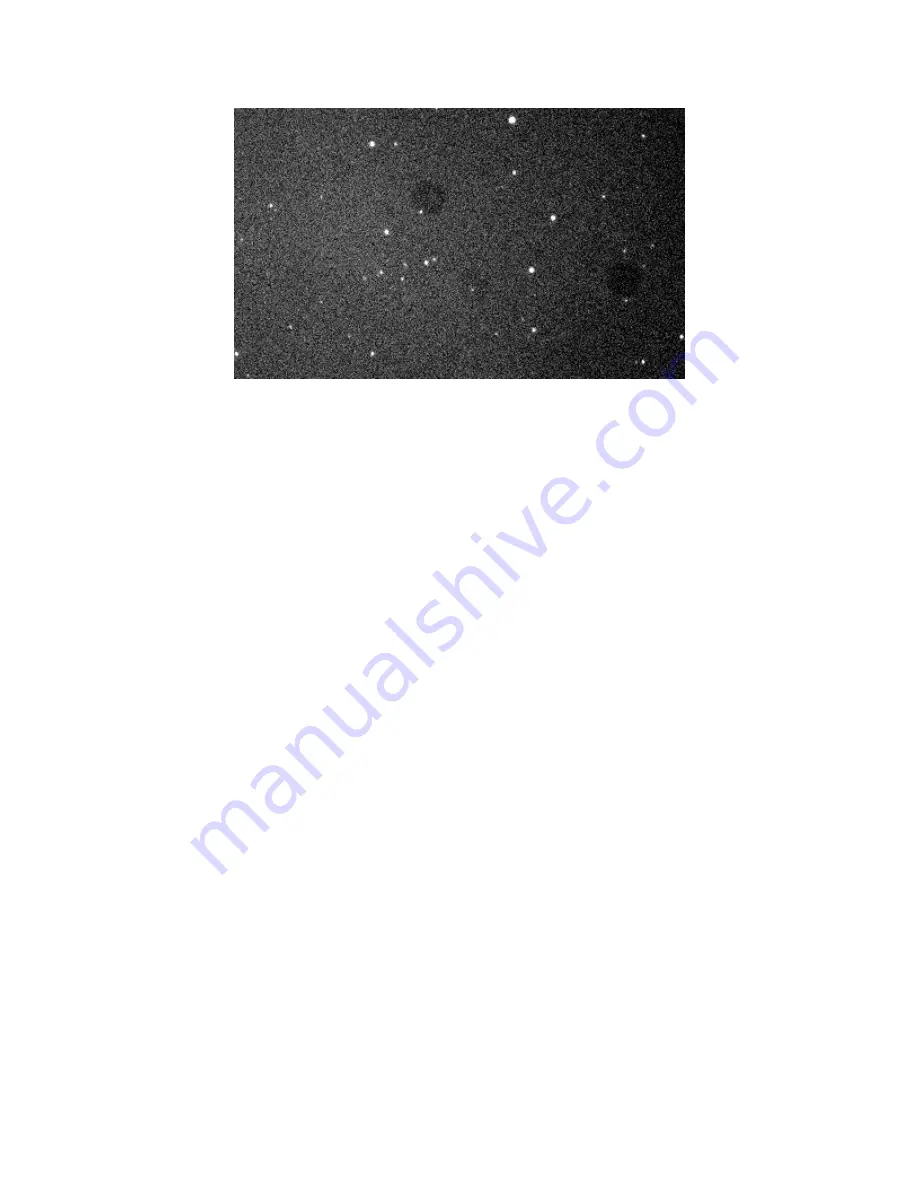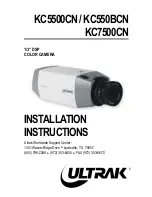
35
The image above has been manipulated to highlight the effect of dust motes on a filter or CCD
cover glass. Note the 3 darker circles. Because dust will tend to stay in one place over a night of
imaging, the variation in pixel values caused by the dust can be easily eliminated by properly
applying a Flat Field.
A flat field is created by taking an image of an evenly illuminated subject. There are four
common ways to create flat fields.
Lightbox flats
– Using a lightbox is usually the easiest way to create good flat fields. There are
a few commercial lightbox solutions, but many astronomers make their own. You can find plans
in The New CCD Astronomy and The Handbook of Astronomical Image Processing as well as
online. Search for “Telescope light box”.
Twilight flats
– There is a brief time after the sun sets or just before it rises when the sky is
appropriate for creating flat frames. Too early and the sky is too bright. Too late and stars will
begin to show up in the image.
Dome flats
– If your telescope is in an observatory, you can take dome flats. A dome flat is
created by aiming your telescope at a white card placed somewhere on the inside of the dome.
Sky flats
–Taking sky flats requires taking dozens or hundreds of images with the telescope
pointed at the sky with tracking turned off. All the images are combined into a master flat to
remove the effect of any stars moving through the field. Sky flats require more time than the
other three options so few amateurs take sky flats. We recommend reading the section on Sky
Flats in the Handbook of Astronomical Image Processing for additional details on this technique.
Good flat fields require an exposure time such that the pixel wells are filled to approximately half
their full capacity. With a QSI 600 Series camera you should strive to achieve average pixel
values between 20,000 and 30,000 out of a total of roughly 65,000. You should experiment with
exposure times to yield that result. Pixel values are commonly called “ADUs”, short for Analog to
Digital Units.
You’ll need to take enough flat fields to average out the noise and then take a series of dark
frames (called flat-darks) using the same exposure you used for your flat fields. Just as with
light frames, the flat-darks are subtracted from the flat fields to remove any contribution from
















































